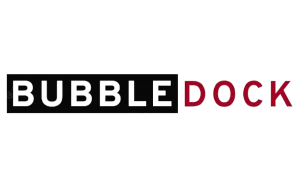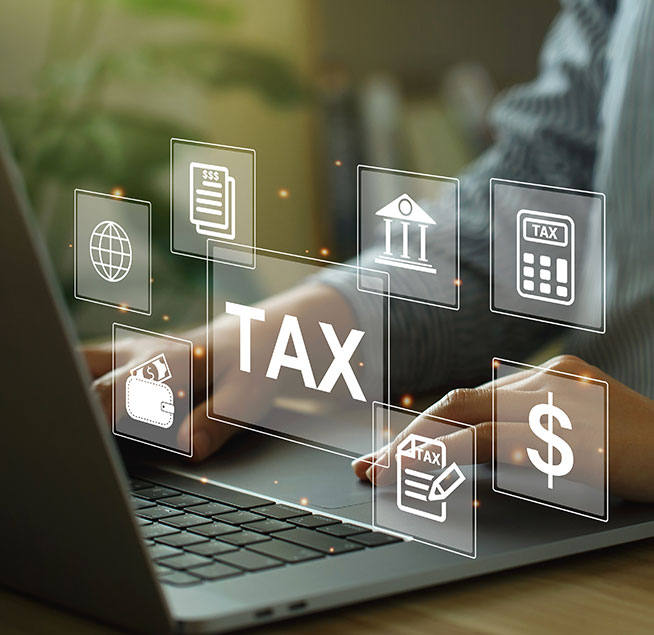The U.S. government is making big moves to switch our energy sources from old-school fuels like coal, oil, and natural gas to cleaner, renewable options like solar, wind, hydroelectric, geothermal, and biomass. These old fuels are running out and hurt our planet by causing pollution and climate change. Renewable energy, on the other hand, is clean and never runs out, which is great for our environment.
To speed up this big change, the government has rolled out a bunch of rules, perks, and programs designed to make it easier and cheaper for people, companies, and organizations all over the country to get on board with renewable energy.
Leading the way in making renewable energy more popular and easy to use is REOX. Backed by the Inflation Reduction Act (IRA), REOX has built a special platform that connects people who want to buy and sell tax credits specifically for renewable energy projects. They focus on making the whole process smooth by offering help with everything from checking details to sorting out taxes and financing. This helps speed up the use of renewable energy, making our economy and environment better.
Table of Contents
Federal Tax Credits and Incentives
A big way the U.S. government is encouraging us to use more renewable energy is through special deals called federal tax credits and incentives. Imagine you decide to put solar panels on your house. The government has a program called the Investment Tax Credit (ITC), which lets you subtract some of the cost of those solar panels from the taxes you owe. It’s like getting a thank-you note in the form of money for helping the planet.
Then there’s the Production Tax Credit (PTC), which is more for businesses that make electricity using clean energy sources like wind, geothermal, or biomass. This credit gives them a little pat on the back, in cash, for every bit of electricity they produce without polluting.
These tax credits help make the choice to go green a lot easier on your wallet. They’ve been a big reason why more people and companies are choosing renewable energy.
But that’s not all. The government also has grants, loans, and other support to help get renewable energy projects off the ground or to discover new technologies.
REOX plays a big role here by making it simple for people and companies to use these tax credits. They connect those who have tax credits with those who need them, smoothing out the process with extra services like helping with paperwork and making sure everything’s done right. This helps everyone get into renewable energy faster and easier.
State and Local Initiatives
Alongside the big moves by the federal government, states and local areas are also stepping up with their own ways to push renewable energy forward. They’ve got their own set of perks like tax breaks, cash back (rebates), and grants for people and businesses that decide to go green by installing things like solar panels or making their buildings use less energy.
Many states have something called Renewable Portfolio Standards (RPS). This rule means that the companies providing electricity have to make sure a certain part of it comes from renewable sources by a certain time. It’s like setting a goal for how much clean energy we want to use and making sure we reach it.
Homeowners and businesses with solar panels can also benefit from net metering policies. This means if they make more electricity than they need, they can sell the extra back to the power grid, making a bit of money and contributing to the community’s clean energy supply.
Local governments might offer other helps, like not charging extra taxes for properties with renewable energy systems or making it faster to get the permits needed for these installations. All these efforts from different levels of government add up, creating a supportive environment that encourages more and more people to choose renewable energy.
Research and Development Funding
The U.S. government isn’t just helping people buy renewable energy systems; it’s also putting a lot of money into figuring out how to make these systems better. This is done through funding for research and development (R&D). The Department of Energy (DOE) is a big player in this area, giving money to labs, universities, and companies to come up with new and improved ways to use clean energy like solar, wind, geothermal, hydro, and bioenergy.
This research is really important because it looks for ways to make renewable energy sources more efficient and cheaper. For example, scientists are working on solar panels that can capture more sunlight or wind turbines that can produce more power even when the wind isn’t very strong. They’re also trying to figure out the best ways to store energy so we can use it when we need it, not just when the sun is shining or the wind is blowing.
Investing in this kind of research helps make renewable energy a better choice for everyone. It means that in the future, clean energy will be even more affordable and reliable, making it easier for more people to switch from fossil fuels. This not only helps the environment but also creates new jobs and industries focused on renewable energy.
Public Education and Awareness
Teaching people about renewable energy is another big step the U.S. government is taking to help our environment. Agencies like the Environmental Protection Agency (EPA) and the Department of Energy (DOE) are working hard to share information with everyone. They have websites full of facts, run training programs, and even help schools teach students about the benefits of clean energy.
The goal is to make sure everyone knows how important renewable energy is for our planet and our future. They want to help people understand how things like solar panels and wind turbines work, why they’re good for the environment, and how we can all start using them.
By spreading the word and making sure people have the right information, the government hopes more of us will start to use renewable energy. This not only helps to cut down on pollution but also shows that clean energy can be a practical part of our daily lives.
Government Lead by Example
The U.S. government is not just telling people to use renewable energy; it’s showing them how by using it in its own buildings and operations. This is a big deal because it proves that the government believes renewable energy is a smart choice for the future.
For example, the Department of Defense, which is one of the biggest energy users in the country, is putting solar panels on its bases. And the General Services Administration, which takes care of federal buildings, is making sure they’re energy efficient and using clean power like solar and wind.
This effort is not just about saving the planet; it’s also about saving money. Renewable energy can be cheaper in the long run because sunlight and wind are free. By switching to renewable energy, the government can cut costs and use that money for other important things.
When people see that the government trusts renewable energy enough to use it for important things, they’re more likely to trust it too. This helps everyone see renewable energy as a reliable and practical choice, not just something that’s good for the environment. Plus, it creates more demand for clean energy, which helps the industry grow and create new jobs.
Conclusion
The U.S. government is really pushing for a change to renewable energy, and it’s doing this in many ways. From giving people and businesses money-saving deals to funding new technology research, educating the public, and even using renewable energy in its own buildings. All these steps show how serious the government is about moving away from polluting energy sources to cleaner ones. As we all start to learn more and see how the government leads by example, renewable energy becomes not just a possibility, but a practical choice for our future. This big move towards clean energy is good for our planet, our health, and even our wallets.






















